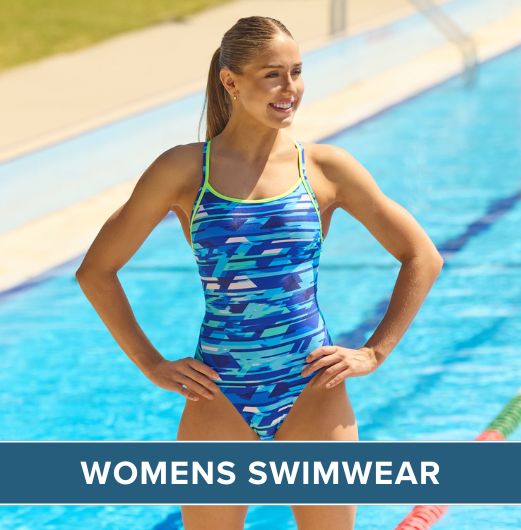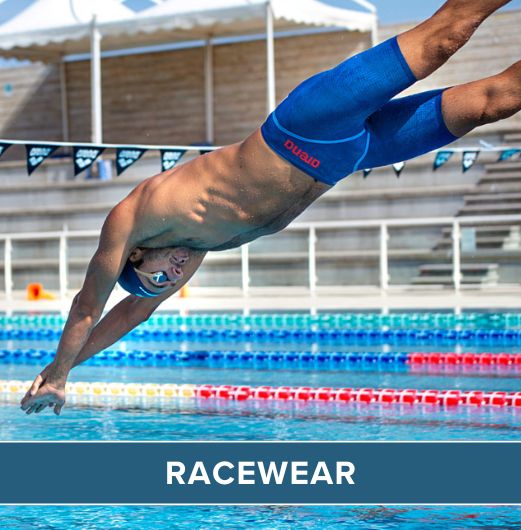Swimming in open water whether it be in a lake, or in a vast ocean can be one of the most sensational and relaxing experiences you will ever have! Some of you will swim in the 'big blue' for competition and others will as a release from the daily grind and for a bit of adventure. No matter your reason, this small series will look at how to initiate yourself into this fascinating and diverse world of open water swimming.

First things first, we will look at what you will need for your open water adventure. There are other bits and bobs you can buy but the list above will get you started especially if you are on a budget.
Wetsuit – When you rock up to your first open water swim, you will notice a few people without a wetsuit. Your initial thought will be 'they are barmy', but believe me before long you will be bursting to set yourself free from your wetsuit and enjoy the feel of the cold water against your skin. BUT for the time being you will need a wetsuit. This doesn’t have to expensive.
A bright swim cap – Most managed open water venues will supply you with a cap or you can find some great cap designs here. A bright swim hat will enable you to be easily seen by safety crew and will help retain body heat.
Goggles – I always advise goggles for open water swimming especially if your swimming in the salty sea.
Acclimatisation
So we've got the kit, now to enter the water and acclimatise. Many people will take a run and jump into open water but as a first timer I would strongly suggest you don’t do this! When entering a body of water that is colder than you are used to (many open water venues will be at around 14 – 16 degrees Celsius) your body is at risk of going into cold water shock. We need to prepare our body for this as best we can before embarking on our swim.
When coaching beginners, instructors normally get them to walk in to waist/chest height water and ask them to let water into the back of their suits. The reason for this is your spine protects your central nervous system. By allowing this area to feel the cold water first it will send signals to the rest of your body to prepare it for the colder environment. You will also find that your breath will be taken away, this is perfectly normal response and the trick is to keep calm and controlled.
After letting cold water into the suit and spending a little bit of time wading around, the next step is to place your face into the water (this will be where you are thankful for having a cap). Practice moving through the water with your face submerged increasing the amount of time you have it in gradually. This will take a little getting used to and remember to enjoy it and move at your own pace.

After you have completed the processes above you will be ready to embark on a little swim. We always advise swimming with a buddy and would never suggest swimming alone, no matter your ability. Swim as far as you are comfortable with and if you get tired lay on your back and float (another great advantage to wearing a wetsuit, as it will keep you buoyant in the water).
So there we have it your first open water swim is over and done with! Make sure that you allow yourself to enjoy your surroundings when swimming especially on your first time. Where possible, find a venue that is managed with fully qualified staff (RLSS water safety management and RLSS open water lifeguards) to swim in rather than picking a random lake or river, and always swim with a buddy.
In the next instalment we will be looking at sighting and point turns for the competitive OW swimmer and will look at how to tailor your stroke to the open water environment whether you are swimming breaststroke or front crawl.
Happy swimming!
 Free Tracked UK Delivery
Free Tracked UK Delivery Hassle Free Returns
Hassle Free Returns Next Working Day OPTION
Next Working Day OPTION Found It Cheaper?
Found It Cheaper?













